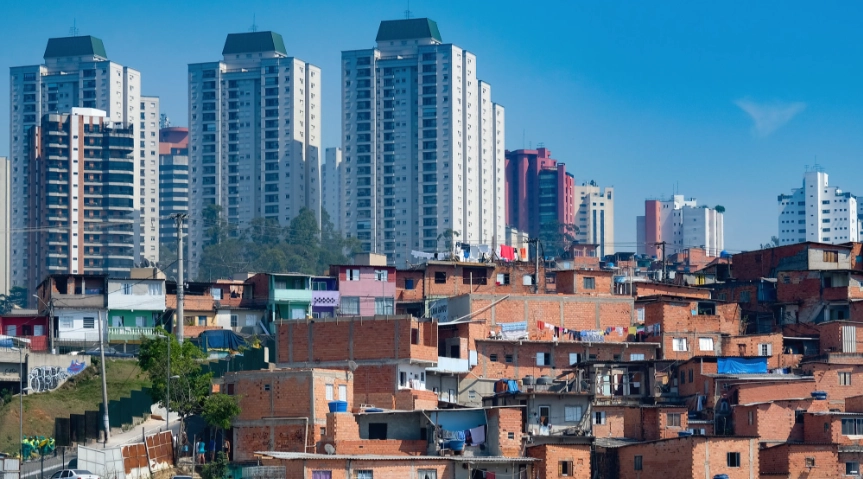Economic activity in Latin American and Caribbean countries is stagnant and deteriorating significantly, according to the report “Social Panorama of Latin America and the Caribbean 2023: Labor inclusion as a key axis of inclusive social development” by the Economic Commission for Latin America and the Caribbean (ECLAC). This weakening is evidence not only of the effects of the pandemic but also of the fact that three years later we continue to face the consequences of “a series of cascading crises”, which have led to a complex economic scenario of low growth and pronounced social crisis.
This discouraging outlook is compounded by a global context of great financial uncertainty, high interest rates, and a slowdown in both growth and world trade. In 2023, world GDP is expected to close at 3%, a figure below that of 2022 and even in comparison with the period 2010 to 2019, when a growth of 3.7% was recorded (ECLAC, 2023). The Commission has estimated that in 2024 world growth will continue at 3%, while in developing countries it will be 4% and a rate of 1.4% in the central economies.
The repercussions of this economic slowdown in both 2023 and 2024 will harm employment growth, “estimated at 1.9% in 2023 and 1.1% in 2024.” The fall in employment is generating more vulnerable workers, with low levels of social protection and poor-quality jobs in less productive sectors, coupled with a decrease in creating new job spaces. The drop in average wages leads to a significant loss in the purchasing power of real wages and higher levels of poverty, as well as a widening of the income inequality gap in the region.
In this regard, the report states that “the matrix of social inequality in Latin America and the Caribbean is made up of a set of structuring axes that express long-standing socioeconomic, gender, age, ethnic and racial, and territorial inequalities, among others,” mainly associated with an excessive concentration of wealth. For example, in 2022, the personal fortunes of seven Latin Americans were equal to or greater than 10 billion dollars, accumulating “41% of the total wealth of the region’s billionaires. Their fortunes represented around 3.2% of the GDP of all Latin America”.
In its analysis, the document states that in 2022, 29% of the region’s inhabitants lived in poverty and 11.2% in extreme poverty. Although the figures show a reduction compared to 2021, current levels are similar to 2019, the year before the Covid-19 pandemic began. Meanwhile, “more than 180 million people did not have enough income to cover their basic needs and, among them, 70 million people did not have enough income to buy a basic food basket”.
For extreme poverty, conditions are more complex, since nearly 20 million people have been incorporated into this category out of the 70 million existing in the period before the pandemic, showing a setback of more than a decade in the progress made in this area.
In 2022, the strategies aimed at reducing poverty continued to be insufficient and the effects of low economic growth, the dynamism of the labor market, and inflation are the main obstacles to progress in its eradication. ECLAC warns that in 2023 there are no significant improvements in the living conditions of low-income populations, so variations in extreme poverty will be practically stagnant, “even though some countries could show more considerable changes”.
For ECLAC, the region has been experiencing a “slow-motion” crisis since 2010, exacerbated by the Covid-19 health crisis that “triggered the greatest crisis in the labor markets of Latin America and the Caribbean since 1950”. In this regard, the Social Panorama report indicates that labor inclusion in quality jobs is a central component of inclusive development and makes overcoming poverty and access to social protection possible.
Overall, the negative development of income distribution, poverty, and extreme poverty indicates worrying scenarios at the regional level. According to ECLAC, such scenarios could worsen if strategies are not defined to address the systemic heterogeneity of Latin American and Caribbean economies to tackle these structural problems that have historically afflicted the region.
*Translated by Janaína Ruviaro da Silva from the original in Spanish













